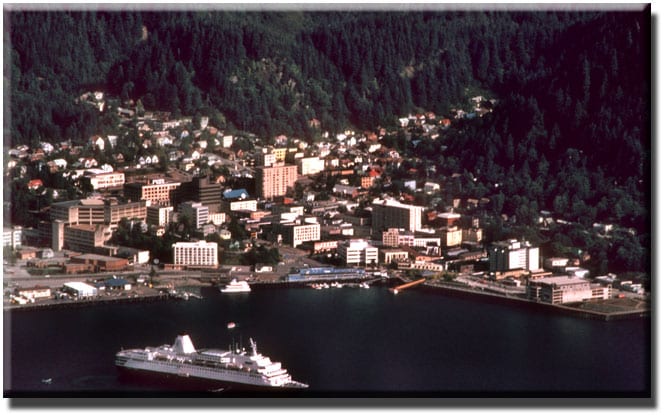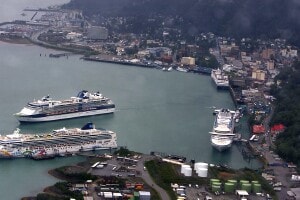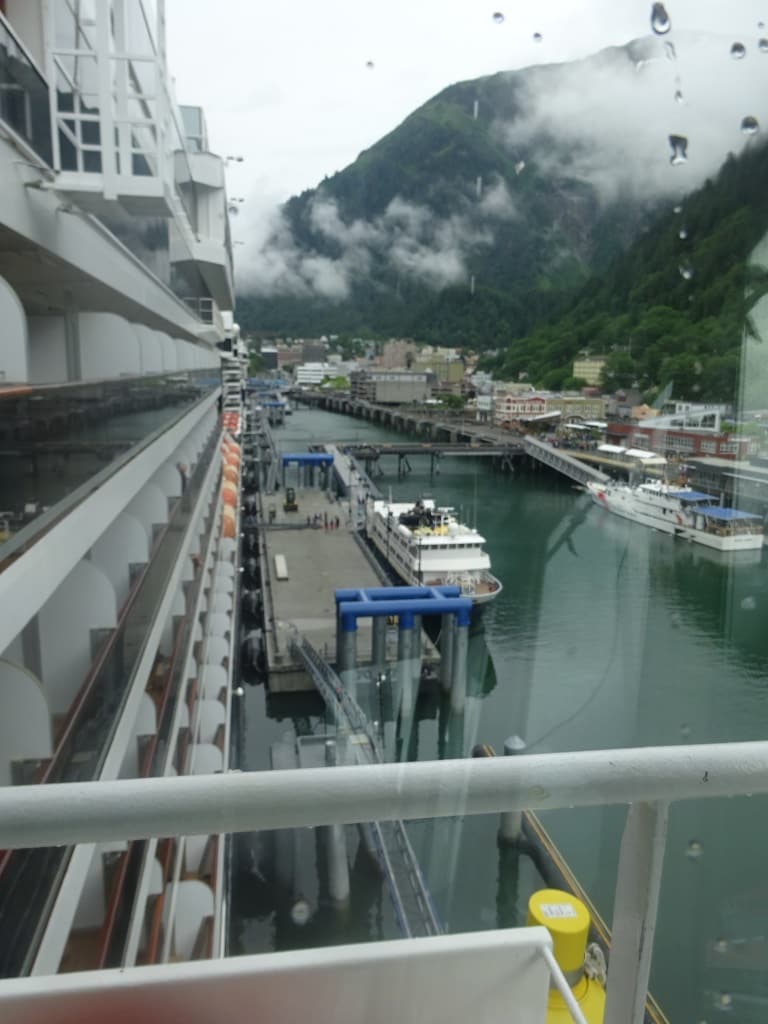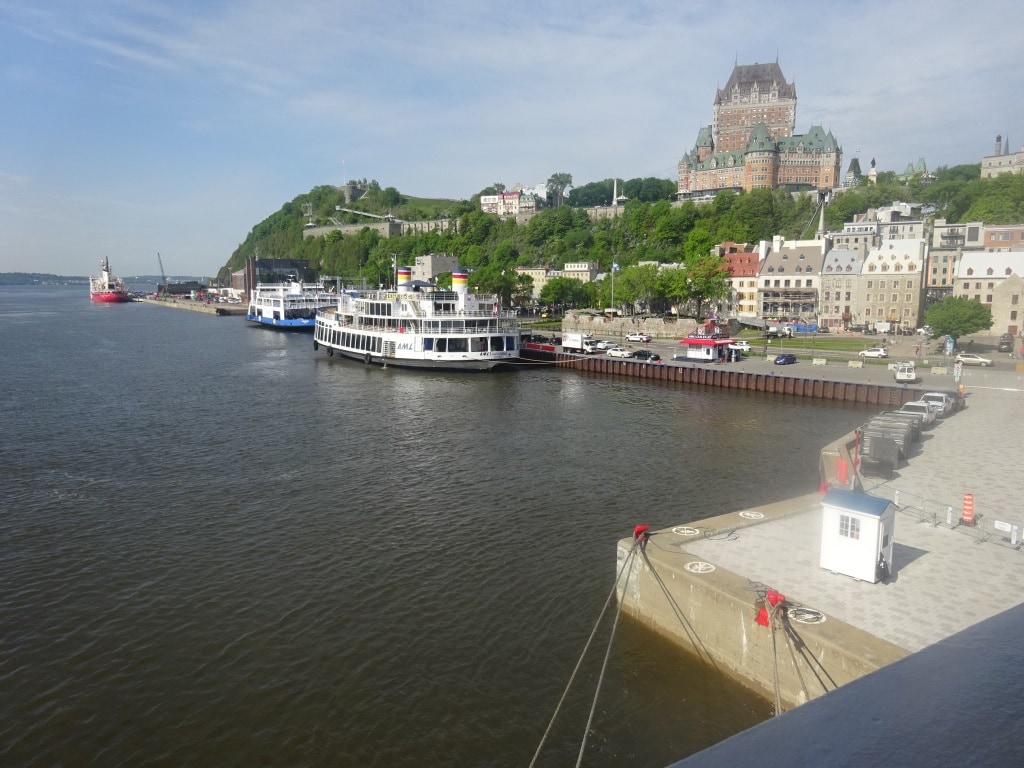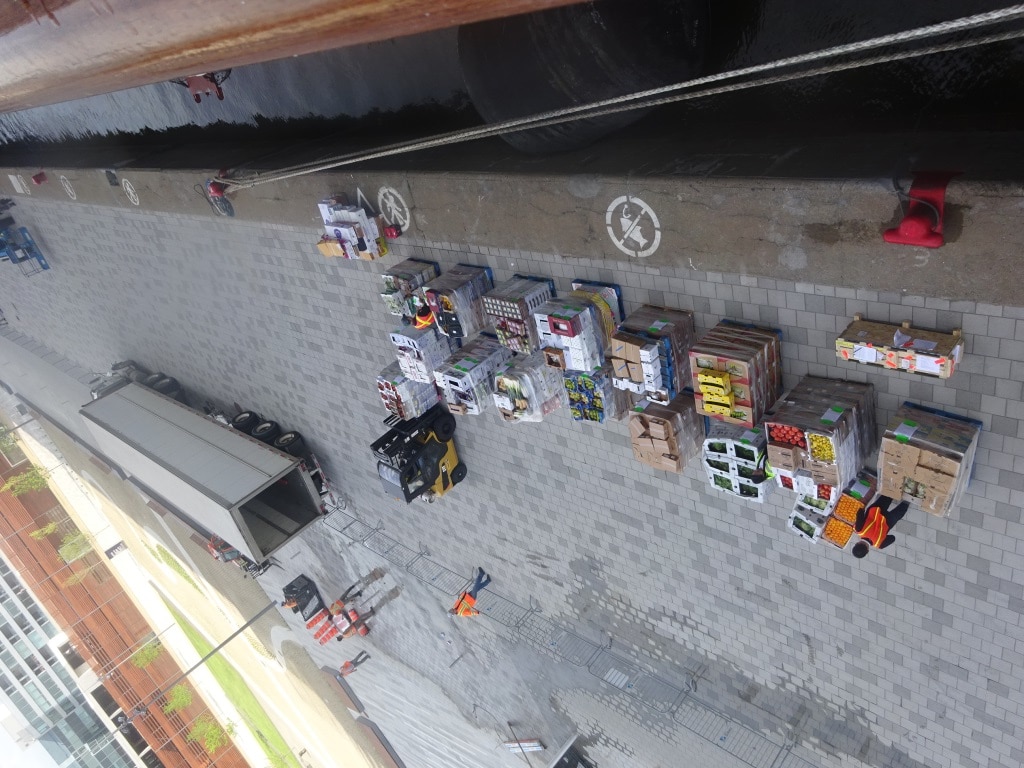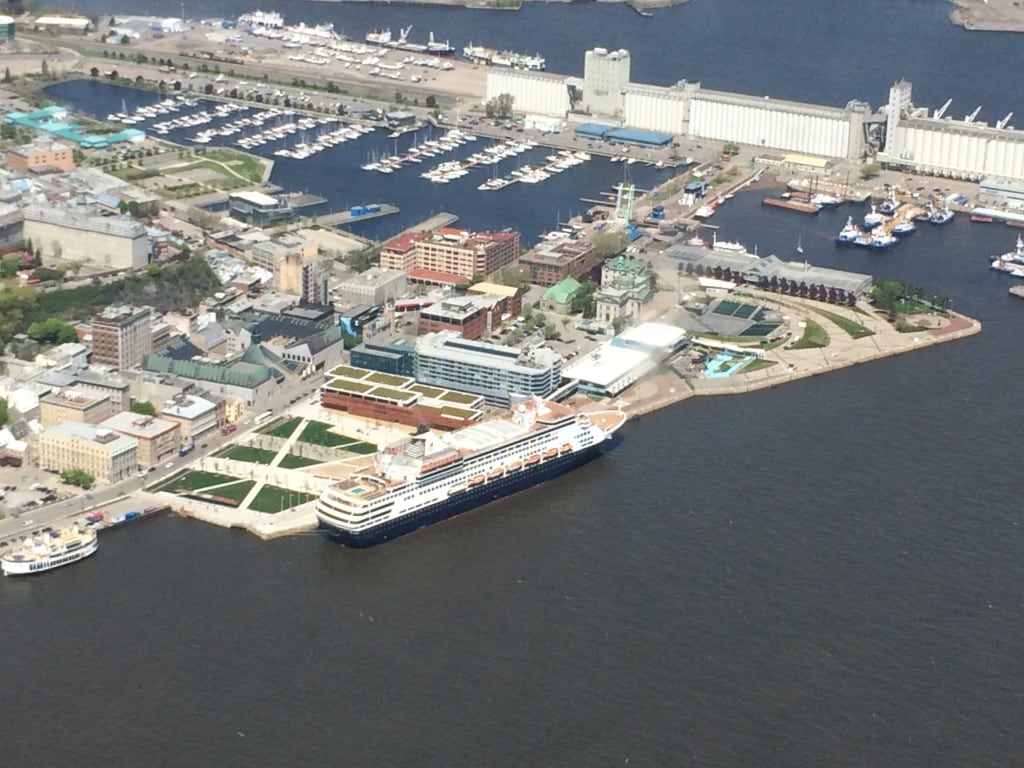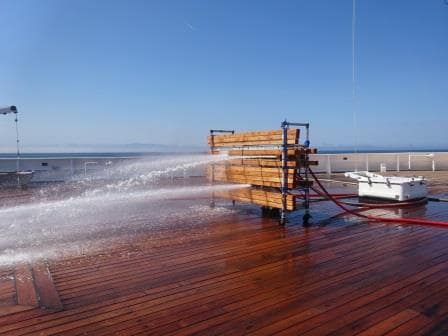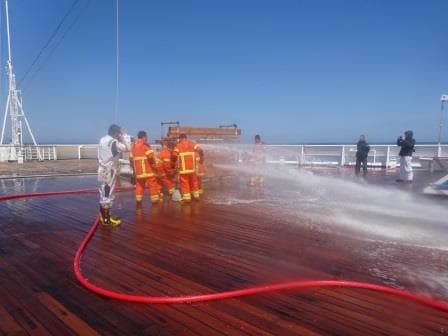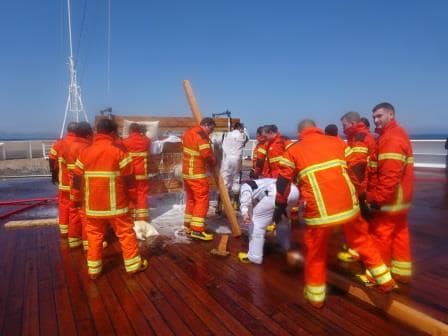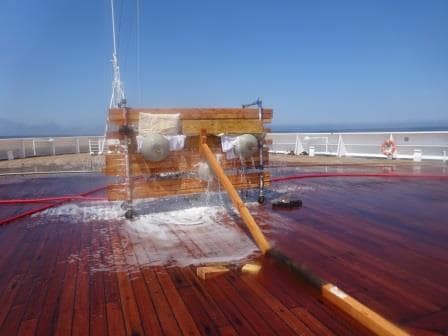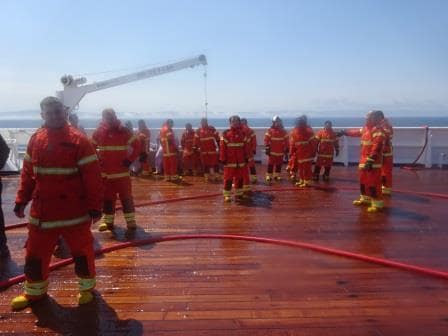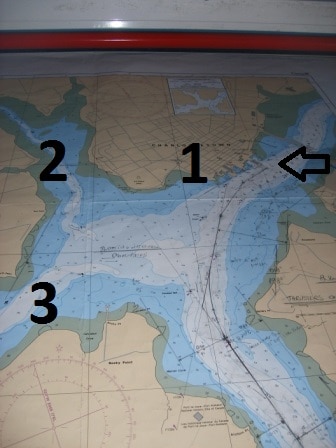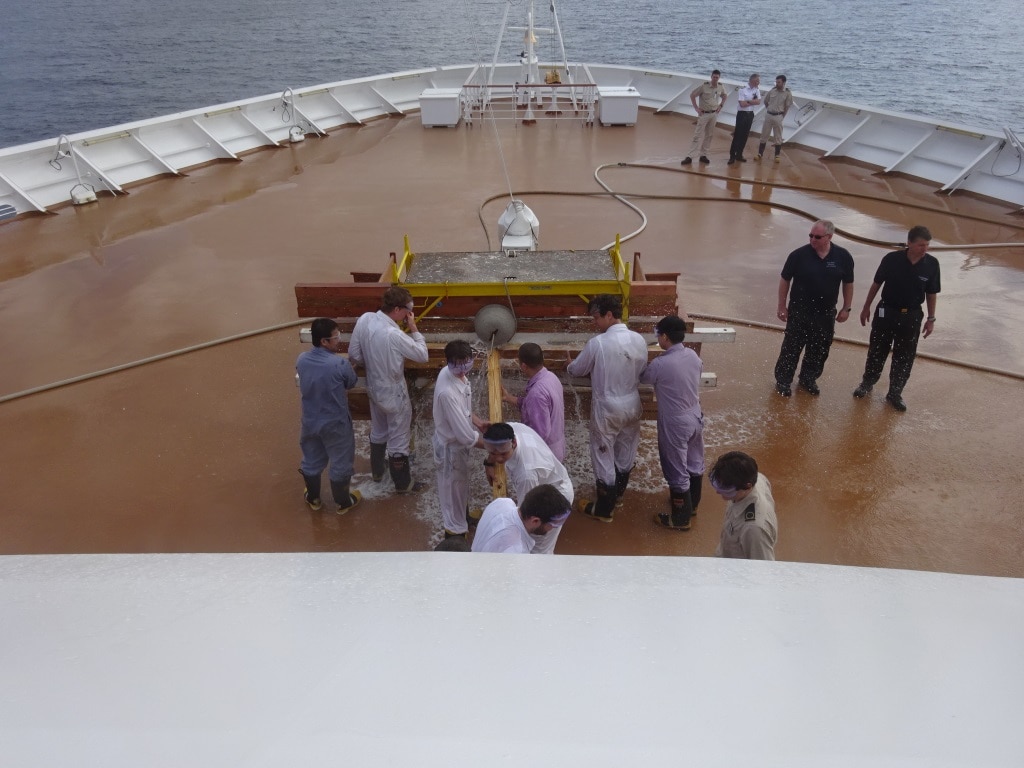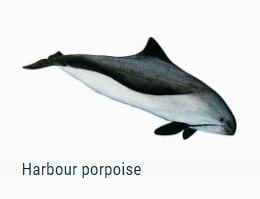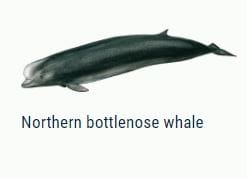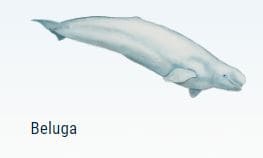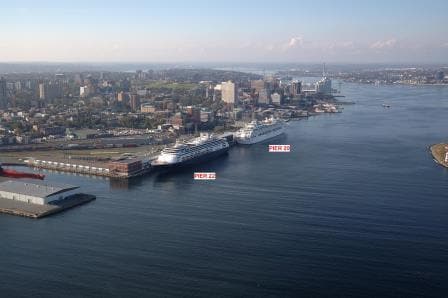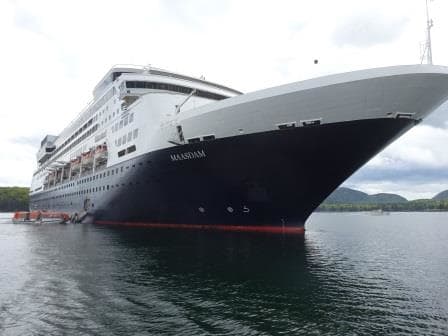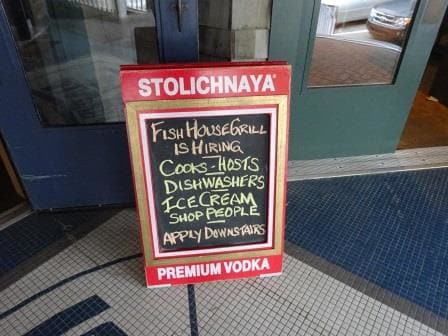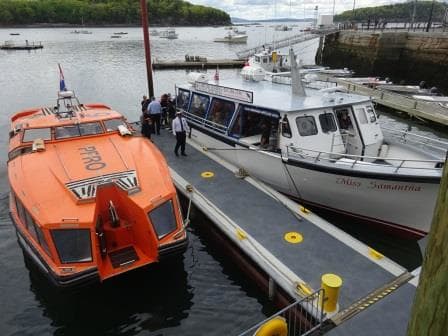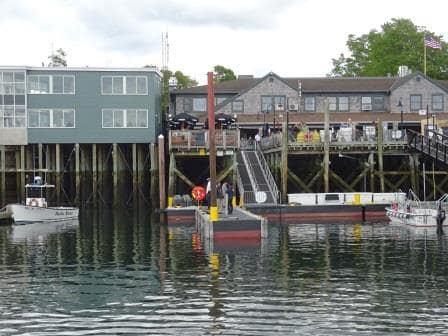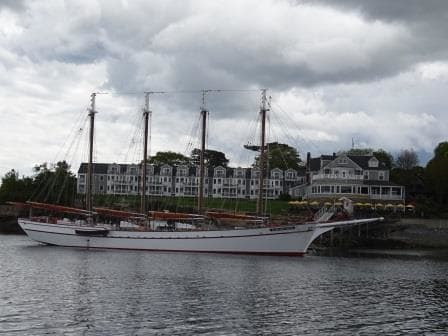Ketchikan has been growing in the same way as Juneau, although it always seemed a smaller place as it did not have the Government machinery to sustain its existence. Ketchikan was always about logging and fishing and after the 1970’s it profited from the boom in Alaska tourism. Since then it has acted as the entry port to Alaska being within a 24 hr. sailing distance of Vancouver and Ketchikan. As with Juneau the tourism, apart from the tours, is concentrated along a fairly small stretch of land along the cruise ship docks apart from expanding for one or two blocks deeper into the downtown area. The rest is very much regular Ketchikan. Even with all the rain, it seems to be a nice place to live as a lot of the younger people, who go south for secondary education, return in larger numbers to settle down where they were born. Provided they can find work of course.
The port itself has grown along with the increase in number of cruise ships and with their size. There was in the past only 1 dock, the “Tongass Dock”; through the years it has now been transformed into dock 1A, 1B, and then extended with a dock 2, followed by a dock 3 and a dock 4. Currently even these docks are becoming too small for the ever larger ships to dock safely at and if it is decided to accommodate even bigger ships, then the docks will have to be modified again and extra bollards added. The ships are still sailing full, so finding guests does not seem to be a problem, parking the ships that bring them will need constant attention.
The docking sequence and location is decided by the local cruise ship agent, Cruise Lines Agency of Alaska, in discussion with the shipping companies. This is a considerable puzzle and most of the winter is spent on trying to figure out how the various size ships fit along the dock, while at the same time to coordinate the North bound flow, the South bound flow, and the few ships which only make a few or one call during the season. Several rules are taken into consideration and part of it is seniority. Holland America who together with P&O is the longest serving cruise company to Alaska has a certain amount of seniority with docking rights. P & O has nowadays a very low profile in Alaska so that leaves HAL followed by Princess. So we are at the head of the queue.
For Holland America it also helps that we have midsize ships, so it is easier to park us somewhere while still leaving space at the same dock for a 2nd ship. The real challenge starts if a cruise ship arrives that is too long for one dock but not long enough to completely occupy two docks and thus is wasting space. On a busy day that might result in such a ship having to go to anchor although it would land more guests. But two (smaller) ships alongside together still make more sense.
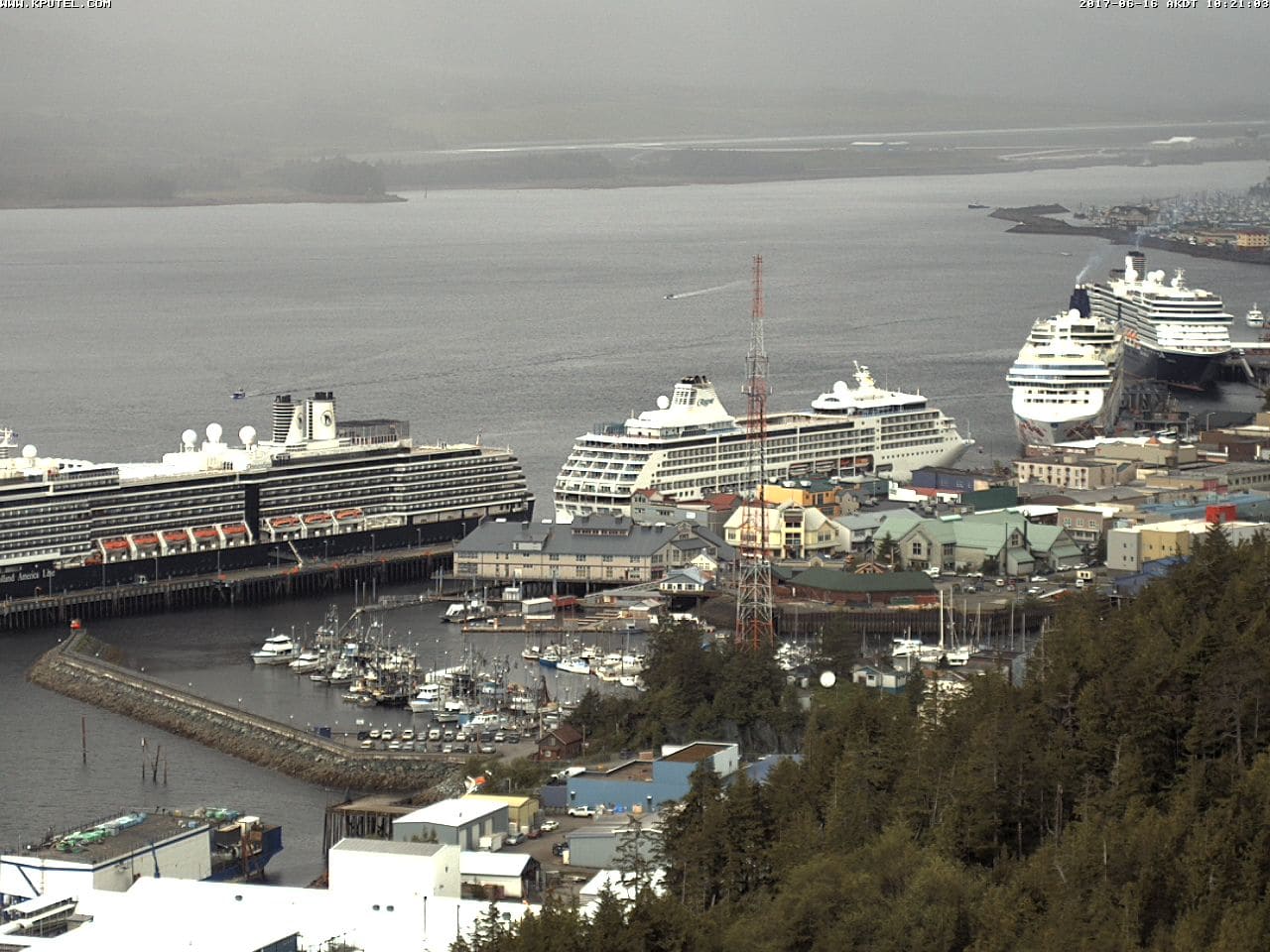
The port as seen from the webcam at the Cape Fox Hotel. In sequence: Left to right: Oosterdam (1A,1 B), Seven Seas Mariner 2), Norwegian Pearl (3), Noordam (4)
Once all that is sorted out on paper, the final headache arrives. Streamlining the parade of ships in and out of port. Nearly all captains want to arrive at the same time, as for a full day call, all company’s tend to go for 0800 arrival. That is of course not possible and thus a sequence has to be arranged so that the docking of each ship takes place in the most optimum sequence. In the past years we sometimes had issues with that when a new captain, who had never been to Alaska, could not understand why he had to wait for somebody from the competition. That resulted then in heated conversations between the pilots on the various ships who were caught between what made sense and the captain who paid their fees and simply refused to slow down. A pilot has the “conn” of the vessel for the safe navigation but it is hard for him or her to insist on a slow down if there is no danger to the navigation and a captain simply wants to arrive at a certain time.
But today in Ketchikan it all went as planned. The early southbound leaving ships were at the dock from where it was easy to depart. One North bound ship, the smaller Seven Seas Mariner just fitted in between the rest and as we were coming from the North as the last arriving ship, we got the most northerly berth so that we did not have to sail by the other ships to park ourselves.
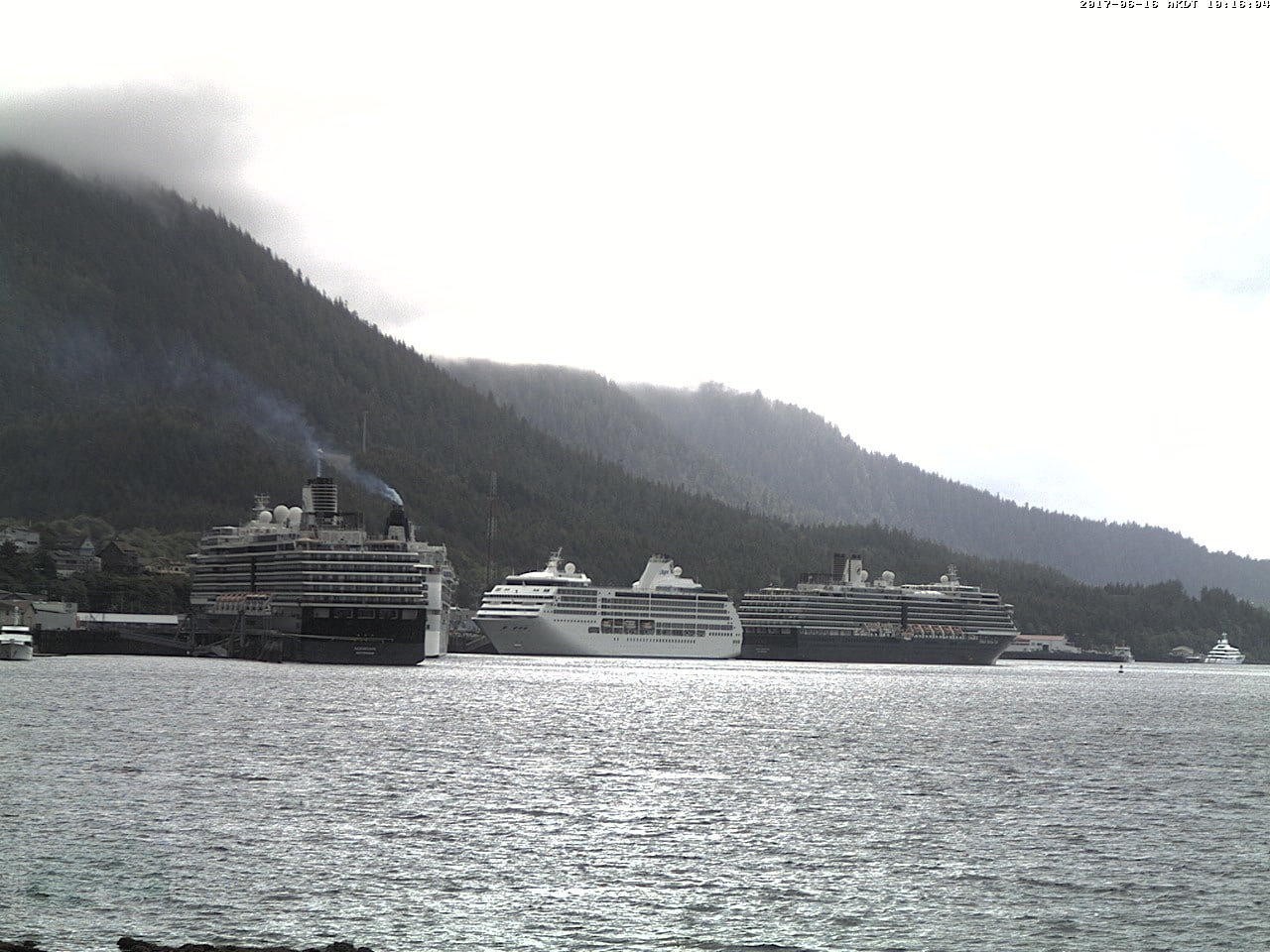
A bit of a gloomy, rainy and chilly day in Ketchikan. the super yacht to the far right is called the Mayan Queen. (Photo courtesy, Lesley Schoonderbeek who managed to find two webcams in Ketchikan, hence the different scenes)
Ketchikan did live up to its reputation and it rained off and on from dark clouds between clear blue skies. Tomorrow we are at sea and the captain is planning to do some extensive sightseeing while sailing back to Vancouver. It started out well as on departure Ketchikan we had a large pod of Orca’s close to the ship.
